So, I have some data that looks like this:

dput(df)
structure(list(Parties = structure(c(2L, 3L, 1L), .Label = c("City (Plaintiff) Doe, John (Defendant)",
"John Doe Enterprises Inc (Plaintiff) Doe, John (Defendant) Does 1-5, John (Defendant)",
"John Doe Properties LLC (Plaintiff) Doe, Jane (Defendant) Doe, Jane (Defendant)"
), class = "factor")), class = "data.frame", row.names = c(NA,
-3L))
And I'm hoping to split it out so that I have a couple columns for plaintiff and a couple for defendant, like this (or something similar):

But I'm having trouble figuring out what my R code should look like to do this. Any thoughts?